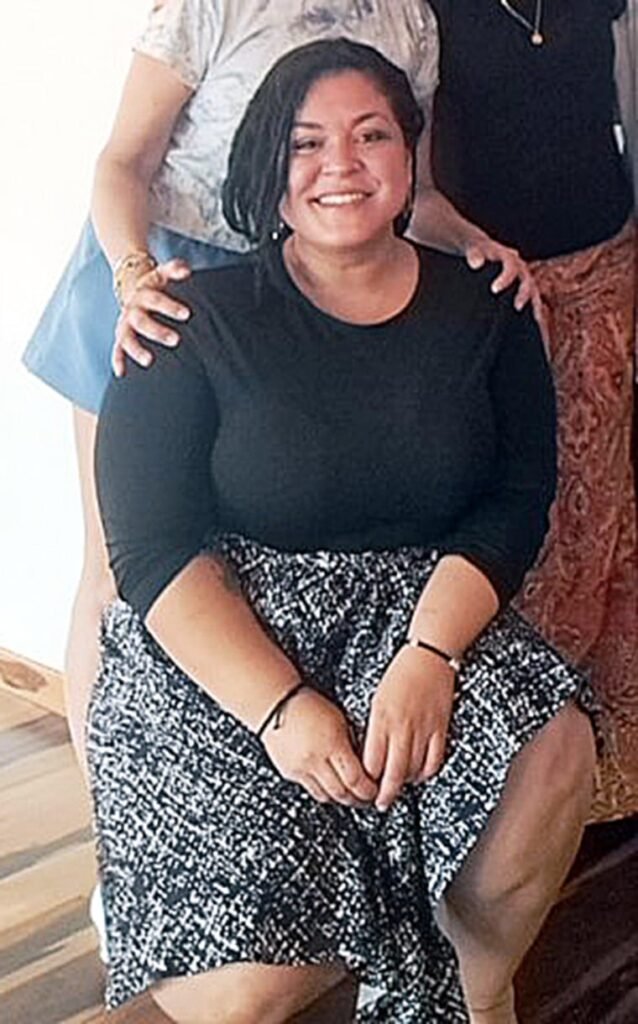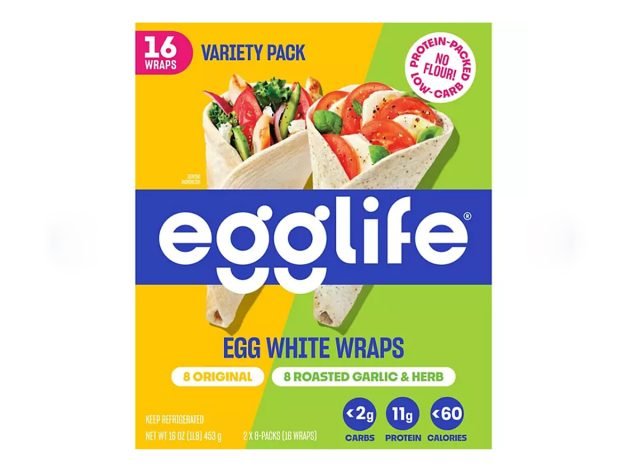There’s nothing like the stress of a messy kitchen to ruin the serenity of making a healthy meal. Whether it’s cupboards that spill out when you open them, a stacked fridge that makes it impossible to find your ingredients, or surfaces that are littered with gadgets, a cluttered kitchen makes for a harder time cooking.
So, to declutter your kitchen is to prioritise your health. ‘If your counters are routinely cluttered, there’s a good chance you’re storing too many daily-use items there (toaster, spice rack, knife block etc),’ says Matthew Ayres, kitchen and appliances expert at RDO Kitchens and Appliances. ‘You’ve probably reasoned that leaving such items on the counters makes them easier to grab when you need them.
‘Putting away all the unnecessary clutter will also ensure that you can keep you kitchen space nice and clean, minimising bacteria growth.’
But where do you start?
6 ways to declutter your kitchen
1/ Get rid of duplicates
‘Kitchens are notorious for duplicates,’ says Ayres. ‘Remove unneeded ones and keep your favourite, most used items.
‘There are physical boundaries all over the kitchen – drawers and cabinets that provide defined, limited spaces for storage. Instead of trying to stuff everything in these spaces, think of their limits as friendly suggestions on how much you should keep.’
2/ Forget high-tech
Many of us have kitchen gadgets that we believed would change how we cook but, in reality, are rarely used. ‘Evaluate all the items in your kitchen by asking yourself the right question: “Do I need it?” If you’ve rarely or never used a tool, bowl or storage container, then it’s probably not really necessary to keep,’ says Ayres.
3/ Group foods
Pull out all of your food in your fridge and cupboards and chuck anything that’s expired. Then, ‘put foods away in logical groupings,’ says Ayres. That might be as simple as grouping by storage (tins, packets, sauces, fresh) or meal type (breakfast foods, baking, lunch). Make the system whatever is smartest for your life.
4/ Add baskets
‘Organise items with baskets or transparent containers so you can see at a glance what you’ve got,’ recommends Ayres. It also makes it easier to pull out what you need when you need it.
Rather than decanting items into jars, as is all the rage on Instagram, ‘Stick to the original packaging and invest in baskets for organisation instead as it reduces cost and time. If you still keen on decanting, opt for square containers to make the most of your space.’
5/ Get zonal
As well as food, try to group kitchen items together. ‘The first rule is that everything in your kitchen should have a home where the items stay when not in use. Not only is this important so that everyone can find things, but it helps you gauge when you have accumulated too much and need to clean out a bit,’ says Ayes.
He says dividing your kitchen into work zones and store items as close to their related zone as possible. For instance, you might have a hot tea zone, where the mugs are placed directly above the kettle for easy access.
‘The most used items get the best storage spots and the least-used items (if not thrown out) can be stored in awkward cabinets, top shelves, or even the utility room.’
6/ Think practically
‘If your kitchen hosts activities such as homework or family games, be sure those items have a designated home in the kitchen or nearby to keep on top of clutter.
‘It can be tempting to be swayed by aesthetics and overlook the practicality of a storage solution.’
Chloe Gray is a freelance writer and editor who specialises in inclusive health and fitness. A regular contributor to Women’s Health, she is currently the Acting Health Editor and has previously held roles as our Acting Memberships Editor and Senior Writer at Stylist‘s Strong Women vertical. She studied Journalism at the University of Sheffield and has a decade of experience writing on the women’s health gap, reproductive health, mental health, diet and exercise culture and the social determinants of health for newspapers and magazines including Cosmopolitan UK, the i newspaper, Glamour, Marie Claire, Men’s Health and Red. Chloe is also a fitness trainer and coach, panelist and founder of Gray’s Anatomy, a Substack about bodies. You can follow Chloe at @graychlo.








